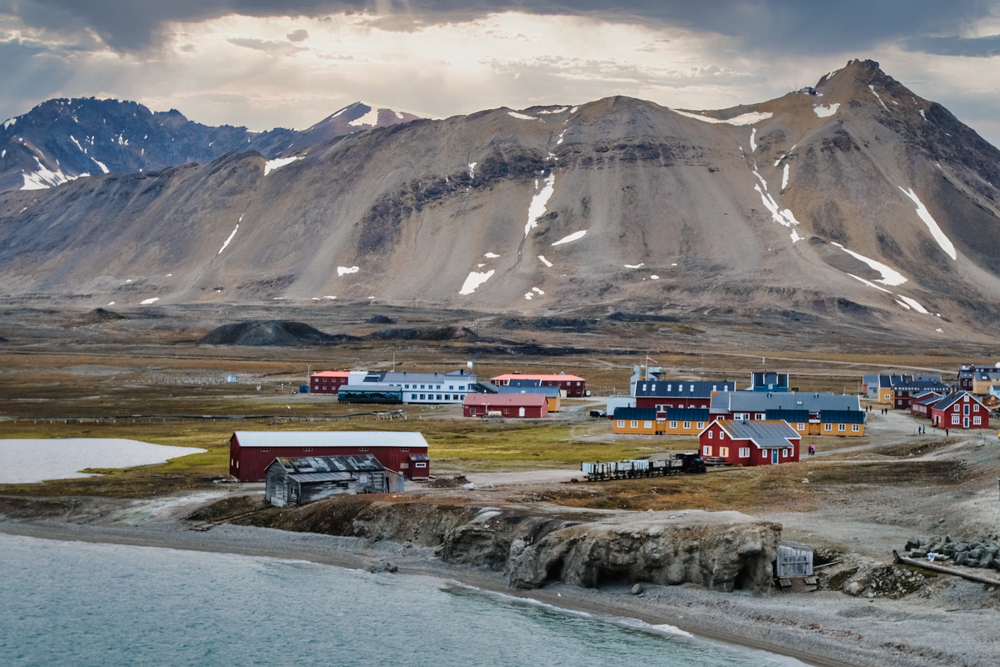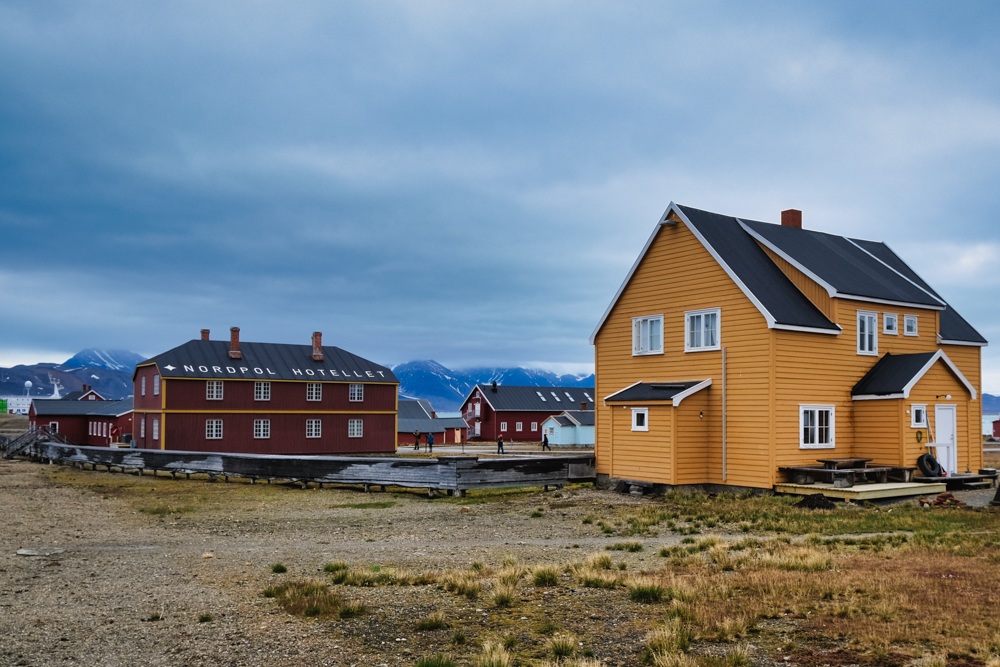Kia reckons with a palpable sense of desolation while visiting Ny-Ålesund, the literal edge of civilisation
There are places and moments in my life which have felt far removed from civilisation: the Danakil Depression in Ethiopia, the Atacama Desert in Chile, Lac Abbé in Djibouti, Paradise Bay in Antarctica, and 81°17’5’’N in the High Arctic.
These places have one thing in common. They are untamed and uninhabited. They have felt wild because they are wild. They can be dangerous, even fatal, in the wrong conditions. It’s fair to say that these are frontier places – but none have felt so strikingly bleak as Ny-Ålesund on the island of Spitsbergen in Svalbard, Norway.
Here, it’s not the wildness that strikes you but the opposite: the tiny huddle of buildings that dare at civilisation amid a vast and daunting landscape. The squat structures are painted in jaunty colours in a valiant effort at cheer. Under a bright blue sky, they would look positively picturesque, but on the gloomy day of our visit, they seem to hunker glumly, charged with the ambitious task of brightening up what is said to be the very edge of civilisation.
Ny-Ålesund is indeed the world’s northernmost permanent settlement. Nowhere further north can you visit someone’s house for a cup of tea. While there are research stations further north in Canada, Russia and Greenland, these are either unoccupied for part of the year, or occupied by revolving teams of researchers. Ny-Ålesund, in comparison, has a permanent population: 35 year-round and 114 in the summer.
It’s difficult to imagine the mental tenacity of its long-term residents. Ny-Ålesund feels cut off, isolated, alone; the sort of place in which Jack Torrance of The Shining might settle for the winter. Luckily, there are no unstable writers here as far as I can tell. Instead, Ny-Ålesund’s residents are mainly hardy scientists and researchers. Its location at 78°56’N in the High Arctic makes it an ideal place to monitor climate change. The experts here run the gamut from atmospheric physics, biology and geology to glaciology and oceanography.

It should be said that Ny-Ålesund wasn’t always a beacon of Arctic research. The settlement was founded in 1917 by the mining company Kings Bay Kull Comp, which mined there with mixed success until 1929. The company was…
Click Here to Read the Full Original Article at Atlas & Boots…
